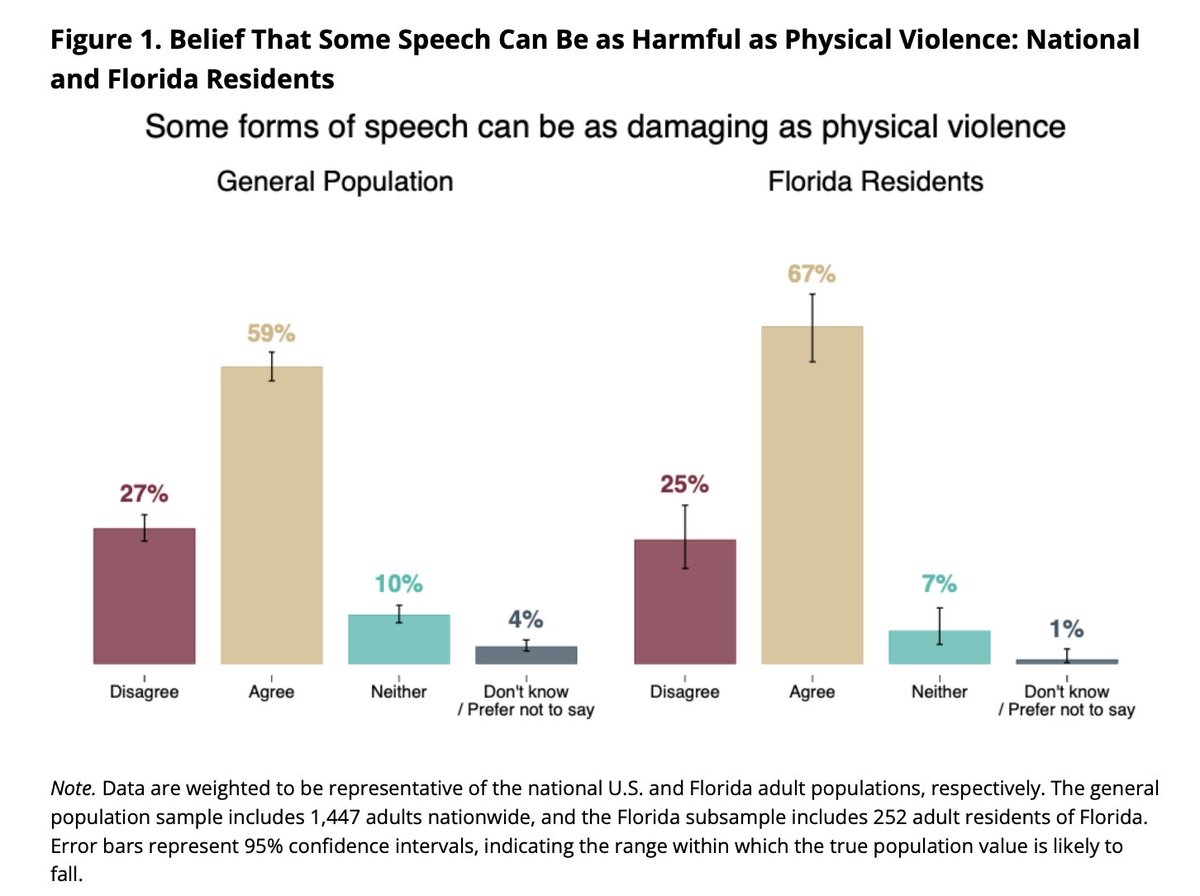1/n Fascinating. Very conservative whites take more prescription drugs, on average, than all other ideological subgroups. However, when controlling for age (because older people-->more medication), the pattern reverses and very liberal whites pull ahead... 

2/n No mental health questions, but if I had to guess...
https://twitter.com/ZachG932/status/1248823584111439872?s=20;)
3/n The initial graph was designed to maximize the visibility of the age-adjusted results-reversal (not the size of the differences between groups). But I've been receiving criticism for not beginning the y-axis at 0, so here is a graph that does so 

4/n Note that estimates differ from the original graph in that the latter used the original 1-5 scale (where '1' denotes '0').
5/n I'm going to try to see if I can find data for specific prescription drug (e.g. SSRIs) usage by zip-code. I'd then be able to merge the two datasets and see if variation in zip code liberalism corresponds to variation in actual zip code drug consumption.
• • •
Missing some Tweet in this thread? You can try to
force a refresh













